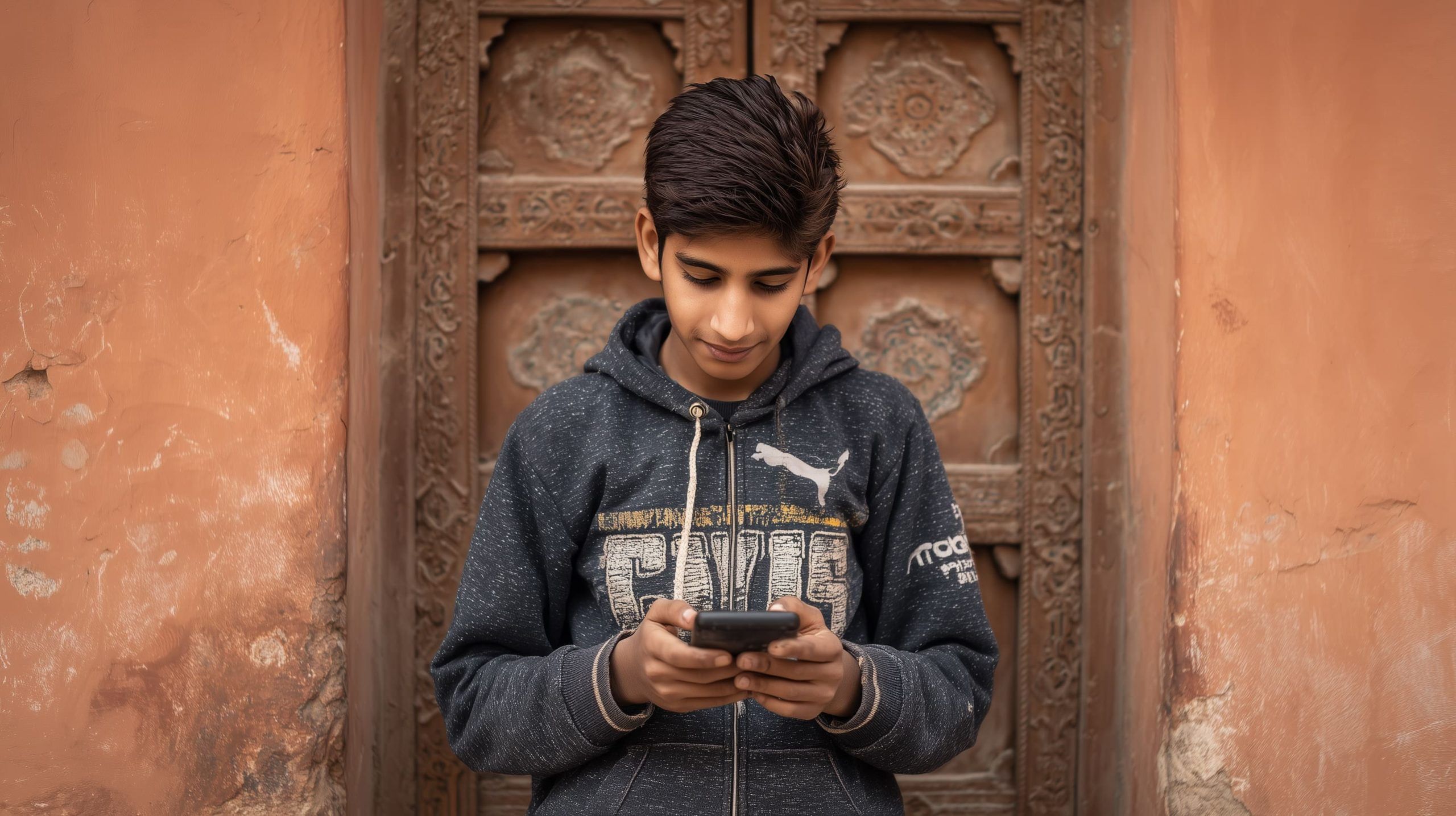
Pakistan’s Internet Access Frontier: Fiber Optics, 5G Delays, and Starlink’s Big Promise
By January 2025, Pakistan had 116 million internet users, about 45.7% of the population. By early 2025, Pakistan had 190+ million mobile connections, roughly 75% of the population, with many people using multiple SIMs. Fixed broadband penetration remains under 2%,






